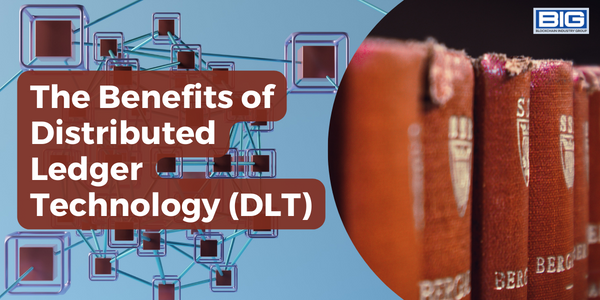
Distributed ledger technology (DLT) is a general term that refers to any digital database that is distributed across a network of computers, rather than being stored on a single server or central location. DLT is the underlying technology that powers many blockchain applications, but it is not limited to this use case.
Blockchain, on the other hand, is a specific type of DLT that is characterized by the use of advanced cryptographic techniques to ensure the security and integrity of the data stored on the network. Blockchains are typically decentralized, meaning that they are not controlled by any single entity or organization, and they are often used to create transparent and secure systems for storing and transferring data or value.
One way to think about the difference between DLT and blockchain is to consider the analogy of a database and a spreadsheet. DLT is like a database in that it is a digital repository of data that is stored and managed in a distributed manner. Blockchain is like a spreadsheet in that it is a specific type of DLT that is designed to be transparent, secure, and decentralized, and that is often used to track and manage financial transactions or other types of data.
Some of the key benefits of DLT include:
- Decentralization: One of the main benefits of DLT is that it is decentralized, meaning that it is not controlled by any single entity or organization. This can make it more resistant to censorship, fraud, and other forms of abuse, as there is no single point of control that can be exploited.
- Security: DLT is built on top of advanced cryptographic techniques that help to ensure the security and integrity of the data stored on the network. This can make it more resistant to hacking and other forms of cyber attack, which can be especially important in situations where data integrity is critical.
- Transparency: DLT provides a high degree of transparency, as all transactions and data on the network are visible to everyone. This can help to create a more open and transparent ecosystem that is less prone to fraud and abuse.
- Efficiency: DLT can help to improve the efficiency of various processes and operations by automating tasks and reducing the need for intermediaries. This can help to reduce costs and improve the overall user experience.
- Inclusivity: Because DLT is decentralized, it can be accessible to anyone with an internet connection. This can help to create a more inclusive ecosystem that is not limited by geography or other barriers.
Some examples of DLT and their use cases include:
- Supply chain management: DLT can be used to build and host blockchain-based applications that are designed to improve the transparency and efficiency of supply chain operations. For example, a company could use DLT to track the movement of goods from one location to another, helping to improve the overall efficiency and visibility of the supply chain.
- Identity management: DLT can be used to build and host blockchain-based applications that are designed to improve the security and privacy of personal identity information. For example, a government agency could use DLT to store and manage identity data, helping to reduce the risk of identity theft and other forms of fraud.
- Financial services: DLT can be used to build and host blockchain-based applications that are designed to improve the accessibility and security of financial services. For example, a bank could use DLT to facilitate faster and more secure money transfers, helping to reduce the risk of fraud and improve the overall user experience.
Smart Contracts in the Blockchain Ecosystem
—
The Battle of “Block Chain” versus “Blockchain”
—
The Benefits of Blockchain-as-a-Service (BaaS)
In conclusion, distributed ledger technology (DLT) is a digital database that is distributed across a network of computers, rather than being stored on a single server or central location. DLT is the underlying technology that powers many blockchain applications, but it is not limited to this use case. DLT offers a range of benefits, including decentralization, security, transparency, efficiency, and inclusivity, and it has a wide range of potential use cases. As the use of DLT continues to grow and evolve, we can expect to see it playing an increasingly important role in shaping the future of technology and business.



